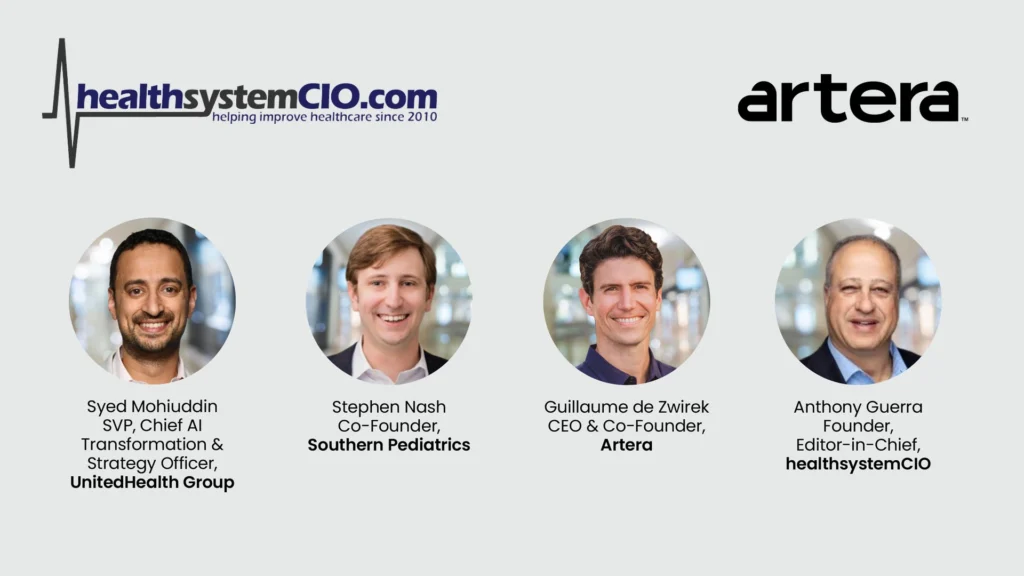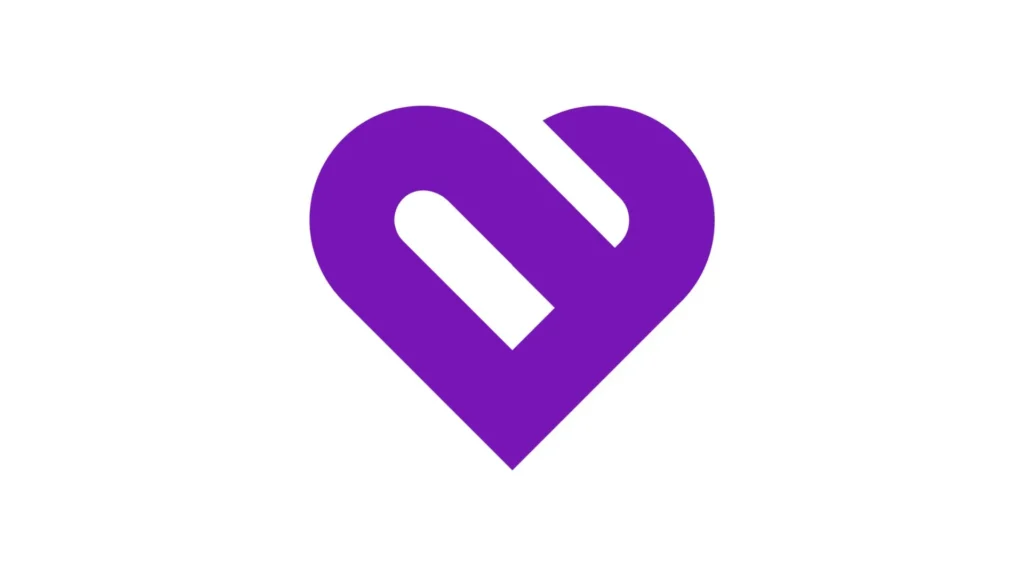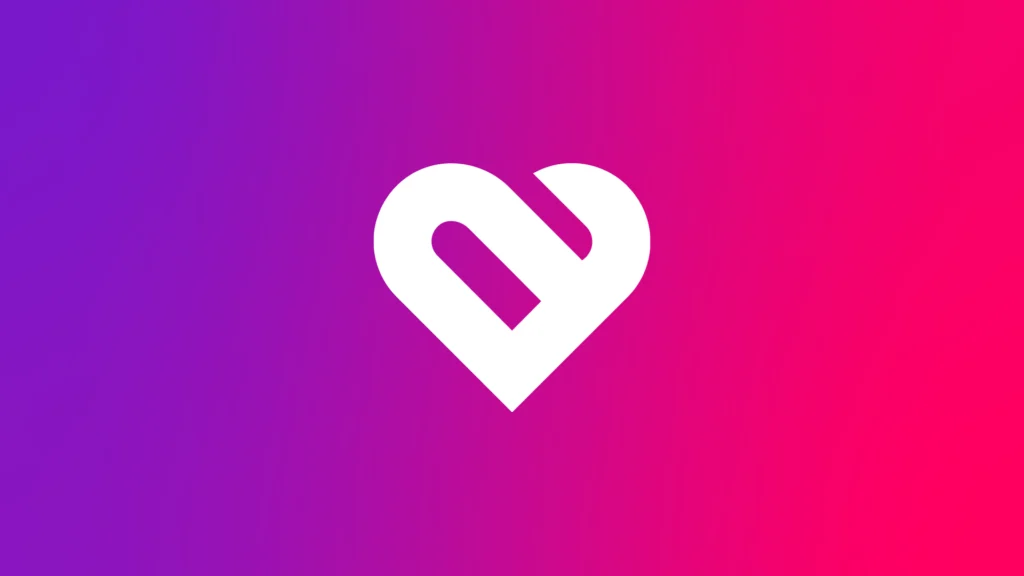Struggling with no-shows, fragmented systems, or low patient retention?
Patient engagement technology helps healthcare organizations solve these challenges by automating communication, reducing staff burden, and creating personalized care experiences that drive better outcomes, loyalty, and efficiency.
What Is Patient Engagement Technology
Patient engagement technology refers to digital platforms and tools that enhance communication, collaboration, and interaction between patients and their healthcare providers. These solutions empower patients to play an active role in their healthcare journey, ultimately improving outcomes and satisfaction.
From AI-powered patient portals to mobile health apps, these technologies are widely used in hospitals, clinics, and physician offices. They simplify healthcare workflows, expand access to information, and support personalized, timely care.
Patient engagement technology also plays a critical role in helping healthcare providers stay competitive in an increasingly digital world. By enabling seamless and secure communication, these tools help organizations build trust, retain patients, and improve efficiency.
How Patient Engagement Technology Works
Modern patient engagement technology functions as a “digital front door” for healthcare organizations. It provides patients with a single, intuitive entry point to manage their care journey from beginning to end. This digital hub integrates various functions to create a seamless and cohesive experience.
The primary functions of this digital front door include:
Communication and Coordination
These tools facilitate secure, bidirectional communication between patients and providers. Features like HIPAA-compliant texting, AI-powered chatbots for instant answers, and virtual waiting rooms streamline interactions and ensure patients feel heard and supported. This establishes a reliable line of patient-provider communication.
Access to Information
EHR-connected patient portals and mobile apps give patients direct access to their health records, test results, and treatment plans. This transparency empowers them to be informed participants in their own care.
Self-Service and Convenience
Patient self-scheduling has become a cornerstone of modern healthcare, allowing individuals to book, reschedule, or cancel appointments online at their convenience. This is complemented by digital forms and automated intake and payment processes, which reduce administrative tasks and wait times.
Education and Support
Effective patient engagement strategies include providing timely and relevant information. Digital patient education campaigns can deliver pre-appointment instructions, post-procedure follow-ups, and chronic disease management tips directly to a patient’s preferred device and in their preferred language.
Personalization and Outreach
Not all patients are the same. Patient segmentation allows providers to tailor communication based on demographics, medical history, or communication preferences. Automated patient communication ensures this outreach is consistent and scalable, helping to close care gaps and encourage proactive care.
Monitoring and Tracking
For patients with chronic conditions, remote patient monitoring tools can transmit vital signs and other health data directly to their care team. This enables early intervention and continuous oversight, improving health outcomes.
Examples of Patient Engagement Technologies
Patient engagement platforms encompass a wide range of digital patient engagement tools. While some are standalone solutions, the most effective systems integrate these functions into a unified platform.
Here are some key patient engagement technologies:
Patient Portals and Mobile Health Apps
Secure online hubs where patients can access their medical records, communicate with their care team, request prescription refills, and view lab results.
Telehealth Platforms
Software that enables virtual consultations with providers through video or phone calls, expanding access to care regardless of a patient’s location.
AI-Powered Virtual Agents for Healthcare
Intelligent chatbots and voice assistants that can answer patient questions, help with scheduling, provide information, and triage inquiries 24/7.
Automated Appointment Reminders and Digital Scheduling
Systems that send automated patient appointment reminders via text, email, or voice call to reduce no-shows. Patient self-scheduling tools allow patients to book appointments online without staff intervention.
Remote Patient Monitoring Systems
Devices and applications that collect and transmit patient health data (e.g., blood pressure, glucose levels) to providers for continuous monitoring.
Digital Education and Support Tools
Platforms that deliver targeted educational content, such as videos, articles, and interactive guides, to help patients manage their conditions and prepare for procedures.
Benefits of Patient Engagement Technology
Implementing a robust patient engagement strategy delivers significant advantages for patients, providers, and healthcare organizations as a whole. These benefits extend beyond simple convenience, creating a tangible impact on care quality and operational success.
Improved Health Outcomes
When patients are active participants in their care, they are more likely to adhere to treatment plans and attend follow-up appointments. Proactive outreach helps close care gaps, leading to better management of chronic diseases and preventive care.
Enhanced Patient Satisfaction
A positive patient care experience is a key driver of loyalty. By offering convenient self-service tools and clear communication, organizations can improve patient satisfaction, which has many advantages, including higher retention rates.
Reduced Administrative Workload
Automation handles repetitive tasks like appointment reminders, intake, and scheduling. This frees up staff to focus on more complex, high-value patient interactions, reducing burnout and improving morale.
Increased Appointment Attendance and Patient Retention
Automated patient reminders are highly effective at reducing the patient no-show rate. A seamless and positive experience encourages patients to remain with a provider, preventing patient leakage.
Streamlined Workflows and Operational Efficiency
A unified patient communication infrastructure eliminates fragmented systems and manual processes. This streamlines everything from scheduling to billing, allowing practices to see patients more efficiently.
Stronger Provider-Patient Relationships
Consistent and accessible communication builds trust. When patients feel supported and informed, their relationship with their provider strengthens, leading to better collaboration and shared decision-making.
Common Challenges in Patient Engagement and How to Solve Them
Despite the clear benefits, healthcare organizations can face hurdles when implementing new patient engagement technologies. Addressing these challenges proactively is key to a successful deployment.
Low Technology Adoption
Patients may be hesitant to use new digital tools due to a lack of familiarity or trust.
The Solution? Choose a platform with a simple, user-friendly interface and provide patients with a Branded Messaging experience by including your logo, images, and information in the patient’s messaging app to enhance trust.
Fragmented Communication Systems
Using multiple, disconnected tools for different tasks creates a disjointed experience for both patients and staff.
The solution? Implement a unified platform that centralizes all patient communication. EHR integration is critical to ensure data flows seamlessly between systems, providing a single source of truth.
Language and Accessibility Barriers
A one-size-fits-all approach to communication can exclude non-English speakers or those with disabilities.
The Solution? Select a platform that offers robust multilingual patient communication capabilities. Ensure all digital tools meet accessibility standards so that every patient can engage effectively.
High No-Show Rates
Missed appointments disrupt schedules and result in lost revenue.
The solution? Deploy automated patient appointment reminders and offer easy patient self-scheduling options for rescheduling. AI agents can proactively reach out to unconfirmed patients to reduce no-shows even further.
Siloed Patient Data
When patient information is stored in different, unconnected systems, it is impossible to get a complete view of the patient journey.
The Solution? Prioritize patient communication systems with strong EHR integration and interoperability. This ensures data is consolidated, allowing for personalized outreach and better care coordination.
The Role of AI and Automation in Patient Engagement
Automation and artificial intelligence are changing patient engagement platforms. The evolution has moved from simple automated reminders to sophisticated AI-driven interactions that personalize the entire patient journey.
Initially, automation in patient engagement was limited to basic tasks like appointment reminders and mass messaging. Now, advanced AI has transformed these interactions into intelligent, responsive conversations. Modern AI agents for healthcare can manage complex dialogues and address detailed patient inquiries, personalizing the experience at every touchpoint.
Agentic AI in healthcare workflows have evolved immensely, guiding patients through everything from scheduling and intake to post-operative care. Instead of just responding to queries, agentic systems can proactively execute multi-step tasks. For example, Artera Flows Agents can manage referral workflows, handle pre-procedure prep, and conduct post-visit follow-ups without human intervention. This coordinated approach ensures no patient falls through the cracks.
Other key AI innovations include:
Voice AI and Multilingual Support
Voice AI for healthcare enables natural, conversational interactions over the phone, while advanced translation capabilities ensure communication is clear for every patient.
NextGen AI Solutions
These solutions use predictive personalization to anticipate patient needs and deliver relevant information at the right time.
AI-Powered Outreach
AI can identify patients who are overdue for preventive screenings or need chronic care management follow-ups, triggering automated outreach campaigns to close care gaps.
How Patient Engagement Technology Improves Outcomes
The ultimate goal of any healthcare technology is to improve patient outcomes. Patient engagement software achieves this in several measurable ways.
Predictive analytics can identify at-risk patient populations, allowing providers to intervene before a health issue escalates. For example, an AI-driven solution can flag patients with a high probability of missing a critical follow-up appointment, enabling staff to provide extra support. Automated outreach ensures patients adhere to medication schedules and treatment plans, which is crucial for managing chronic conditions.
Real-time analytics and feedback loops provide immediate insight into the patient experience. Sentiment analysis, an AI-powered feature, can automatically classify incoming messages to detect patient frustration or confusion, allowing staff to prioritize these conversations and respond with empathy. This data-driven approach allows organizations to continuously refine their patient engagement strategies for maximum impact.
Selecting the Right Patient Engagement Platform
Choosing the right patient engagement technology is a critical decision. The ideal solution should not only meet your current needs but also scale with your organization as it grows.
Here are key factors to consider when evaluating different platforms:
Integration with Existing Systems and EHRs
The platform must integrate seamlessly with your Electronic Health Record (EHR) to ensure a unified data flow and a single source of truth for patient information.
HIPAA Compliance and Data Security
Ensure the platform adheres to all HIPAA regulations for protecting patient health information. Look for robust security measures, including end-to-end encryption for HIPAA compliant texting to patients.
Multilingual Patient Communication
To serve a diverse patient population, the platform must support communication in multiple languages across all channels (text, email, voice).
Customization and Scalability
The software should be flexible enough to be tailored to your specific workflows and scalable enough to support your organization’s future growth.
Real-Time Reporting and Analytics
Look for a platform with a powerful analytics dashboard that provides actionable insights into key metrics like no-show rates, patient satisfaction, and staff efficiency.
AI-Driven Support for Staff and Patients
Evaluate the platform’s AI capabilities. Does it offer intelligent virtual agents, predictive analytics, and workflow automation to reduce administrative burden?
Unified Patient Communication Infrastructure
Avoid fragmented solutions. A single, unified platform that centralizes all patient interactions is more efficient for staff and provides a better experience for patients.
Why Artera AI Is a Leader in Patient Engagement
Artera is a leader in patient engagement, offering a unified platform trusted by over 1,000 healthcare organizations nationwide. The platform aims to elevate healthcare to the highest standard of customer service by streamlining communication and personalizing the patient journey at scale.
Annually, Artera sends 2.2 billion messages, achieves a 94% patient response rate, and helps providers reduce no-show rates to under 3%. Our comprehensive product suite manages the entire patient journey and includes Artera Harmony for unified communication, AI Agents for intelligent automation, Intake & Payments, Scheduling, Care Navigator for post-discharge communication, and Pulse Outreach for targeted campaigns.
Through the Artera Marketplace, the platform ensures proven interoperability with leading EHR and third-party vendors, fostering a connected and efficient healthcare ecosystem. Artera’s mission is to empower healthcare providers to deliver a superior patient experience by combining powerful technology with a deep understanding of healthcare workflows.
Future of Patient Engagement Technology
The future of patient engagement technology is predictive, personalized, and profoundly integrated. AI will continue to be the driving force behind this evolution. We can expect to see hyper-personalization powered by real-time data, where communication is tailored to an individual’s specific needs and preferences at that exact moment.
Agentic AI will evolve from task-oriented assistants into coordinated care companions that support patients throughout their entire healthcare journey. Interoperability will deepen, breaking down the remaining data silos between different platforms and providers. Ultimately, these advancements will further champion digital equity and patient preference, ensuring that every patient has the tools and support they need to manage their health effectively.
FAQs About Patient Engagement Technology
What are examples of patient engagement technology?
Examples include patient portals, mobile health apps, telehealth platforms, automated appointment reminders, online self-scheduling software, AI-powered virtual agents, and remote patient monitoring devices. These tools work together to create a comprehensive digital experience.
How does AI improve patient engagement?
AI improves patient engagement by personalizing communication at scale, automating routine tasks, and providing 24/7 support. AI agents can answer patient questions instantly, guide them through scheduling and intake, and use predictive analytics to identify at-risk patients for proactive outreach.
How can organizations measure patient engagement success?
Success can be measured through key performance indicators (KPIs) such as patient satisfaction scores, portal adoption rates, appointment show rates, digital intake completion rates, patient response rates to communications, and improvements in specific health outcomes.
What is the ROI of patient engagement platforms?
The ROI is significant and multifaceted. It includes increased revenue from reduced no-shows and improved patient retention, enhanced operational efficiency from staff time savings, and long-term value from better patient health outcomes and higher patient satisfaction.
How secure is patient engagement technology?
Reputable patient engagement platforms are designed with robust security measures to protect sensitive patient data. This includes HIPAA compliance, end-to-end data encryption, secure data centers, and regular security audits to safeguard against unauthorized access.
What are the challenges in implementing these systems?
Common challenges include low patient or staff adoption, integration issues with existing EHRs, ensuring multilingual and accessible communication, and managing data from fragmented systems. These can be overcome by choosing a unified, user-friendly platform with strong integration capabilities.



